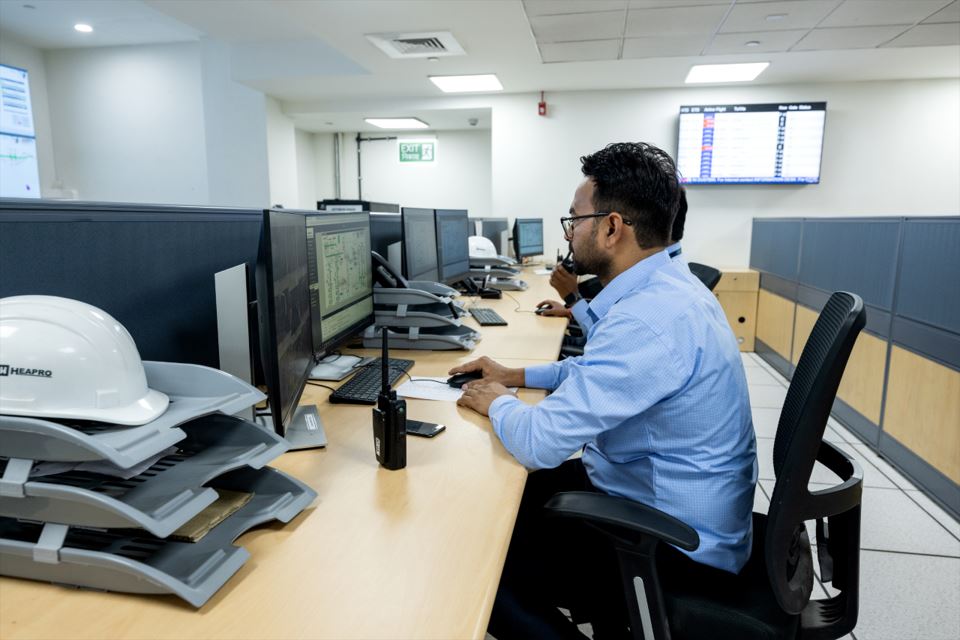
Best Practices for Managing Airport Operations During High-Traffic Periods
31-Dec-2024
Managing airport operations during high-traffic periods requires precision, collaboration, and proactive strategies to ensure seamless functionality. Here are expert-recommended practices to help airports maintain operational resilience and passenger satisfaction:
1. Proactive Planning and Forecasting
- Accurate Demand Forecasting: Use historical data and predictive analytics to anticipate passenger and flight volumes.
- Stakeholder Collaboration: Coordinate with airlines, ground handlers, and government agencies to ensure synchronized operations.
- Contingency Planning: Prepare for unexpected disruptions, including surges in passenger volume, weather challenges, or technical issues.
2. Optimized Staffing and Resource Allocation
- Flexible Workforce: Maintain a scalable workforce that can adapt to varying demand levels.
- Cross-Training: Train staff to handle multiple roles to ensure operational flexibility and reduce delays.
- Critical Resource Deployment: Strategically allocate personnel such as security staff, baggage handlers, and maintenance teams to minimize bottlenecks.
3. Technology Integration
- Smart Traffic Management: Utilize AI-driven queue management, real-time passenger tracking, and automated boarding gates for smooth passenger flow.
- Communication Platforms: Keep passengers informed with real-time updates via apps, social media, and digital displays.
4. Enhancing Passenger Experience
- Streamlined Check-ins: Encourage online check-ins and deploy self-service kiosks to minimize congestion.
- Clear Signage: Install multilingual and strategically placed signage for better navigation.
- Customer Support: Increase availability of support staff or deploy virtual assistants to promptly address passenger concerns.
5. Crisis Management Preparedness
- Contingency Readiness: Develop and regularly update plans for handling delays, cancellations, and security incidents.
- Training and Drills: Conduct frequent simulations and audits to ensure staff preparedness.
6. Environmental Sustainability
- Energy Optimization: Reduce energy consumption through smart lighting and HVAC systems.
- Eco-Friendly Practices: Promote digital ticketing and implement efficient waste management practices.
7. Continuous Feedback and Improvement
- Real-Time Feedback: Collect insights from passengers and stakeholders to address pain points promptly.
- Post-Event Analysis: Conduct detailed reviews of operations after peak periods to refine future strategies.
Conclusion
Managing airport operations during high-traffic periods requires a balanced approach combining advanced technologies with human expertise. Airports that focus on efficiency, safety, and passenger satisfaction can thrive even during peak demand.
Roy Sebastian, CEO of GEMS, aptly remarks:
“It is not just about handling an increase in numbers; it’s about maintaining the delicate balance between efficiency, safety, and the overall passenger experience. Adopting a forward-thinking approach, supported by the right technologies and processes, ensures that even during the busiest times, airports remain resilient and passenger-friendly.”
For more insights or to explore how we can assist in optimizing your airport operations, contact us at:
Email: Rohitkumar.Singh@gmrgroup.in
Phone: +91 97171 99753
If you need any services, drop us a mail at Rohitkumar.Singh@gmrgroup.in or get in touch with us at +919717199753.
